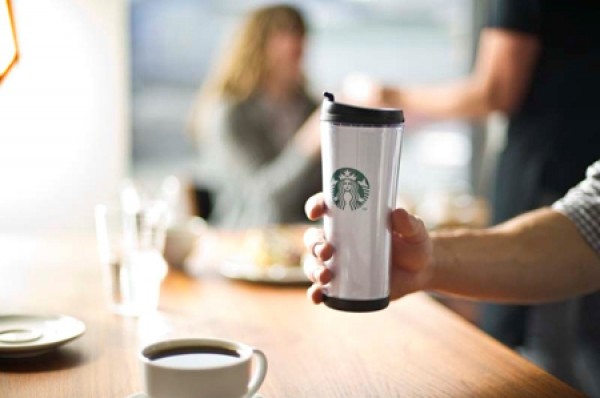Double frappuccino, soy, with an extra shot of energy efficiency? It would appear that Starbucks is moving in that direction by rolling out a pilot program in Snohomish County, Wash., that will pit area stores against one another to see which one can save the most energy.
Aiding the company in this endeavor will be Lucid, a pioneer of real-time feedback technology for buildings, which will be collaborating with the coffee seller and the Snohomish County Public Utility District and Portland Energy Conservation Inc. on the project. Over the course of 30 days, Starbucks employees at these 10 stores will be asked to identify conservation strategies they believe will reduce the amount of energy required to run their stores (without impacting customer service, of course). The stores will then compete to see which can make the most of these strategies in saving cash and carbon.

Each of these 10 stores will be outfitted with with a Lucid’s Building Dashboard platform that will offer employees real-time energy usage information, helping them to gauge the impact of different conservation strategies and approaches. The dashboard will also aid employees with tips and suggestions based on best practices that are designed to help influence behavioral change in a wide range of environments. The idea here is to identify the strategies that work in a retail setting, and (eventually) to apply those strategies to Starbucks stores both hither and yon, in support of the company’s stated sustainability goals.
Those goals have been backed up with some tangible action in recent years. Since 2011, Starbucks committed to bringing LEED green design standards to its new retail outlets, and has built 75 percent of its new company-owned stores to this specification. (It’s been testing out some interesting green store concept ideas lately as well.) In addition to steps like introducing ethically sourced coffee beans and reducing water consumption across its 17,000 stores (located in 55 countries around the world), the company has also been focusing on increased energy efficiency in its stores via green tech.
Those technologies include energy management systems that cut down on the amount of power used by HVAC equipment, as well as energy efficient lighting across thousands of stores. Older equipment, such as appliances, have also been replaced by more efficient models as they reach the end of their natural lives. According to Starbucks, these strategies have helped it decrease its energy consumption by 7.5 percent since 2008; the company is targeting a 25 percent decrease in energy use by 2015.
Employee behavior forms the natural complement to those technological fixes — hence, this bit of friendly competition between a few of Starbucks’s Washington stores, designed to set the stage for increased energy efficiency across the board. Jim Hanna, Director of Environmental Stewardship at Starbucks ,was quoted as saying, “This pilot project demonstrates our ongoing desire to meet our customers’ expectations of providing a premium experience while at the same time constantly evaluating our environmental performance.”
The pilot program was funded in part by a grant from the Bonneville Power Administration, a leading Pacific Northwest energy utility. The program will run for at least one year.